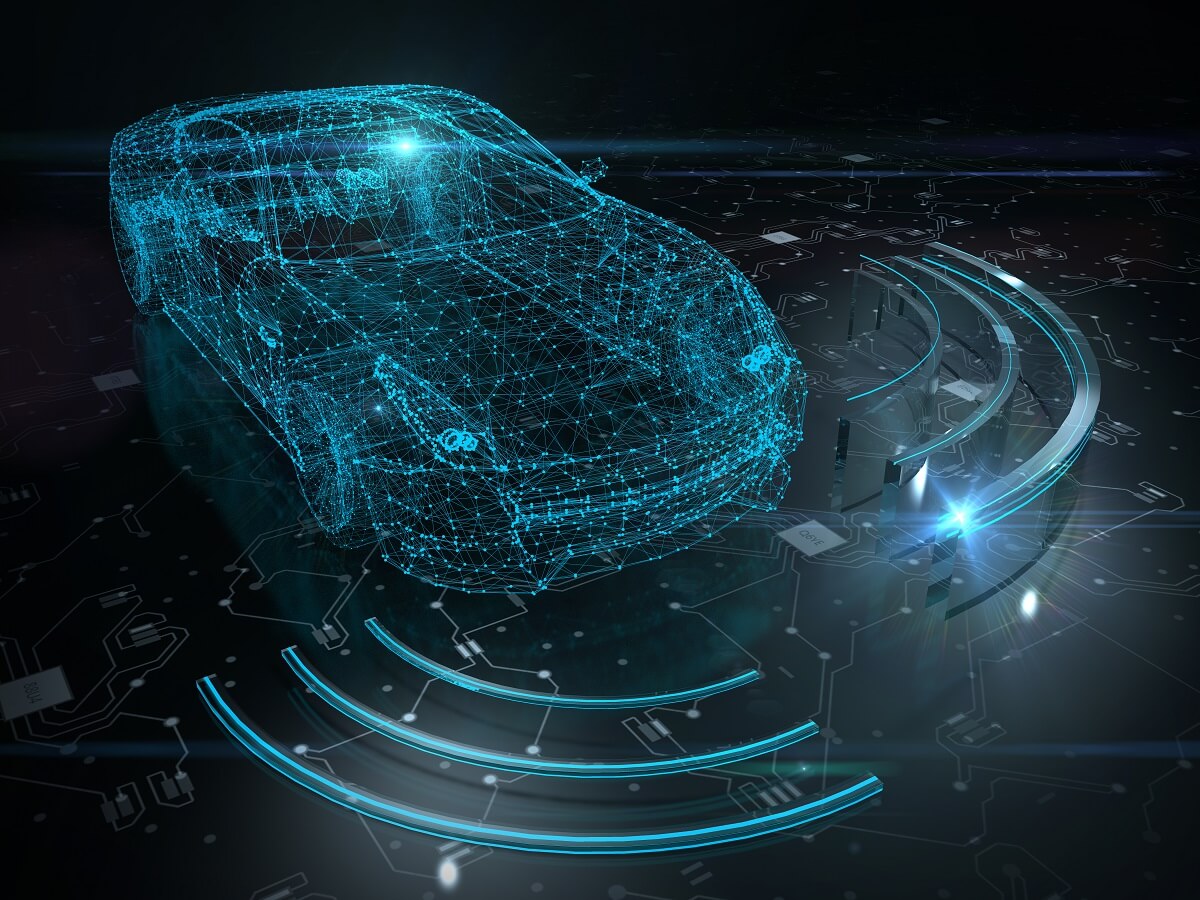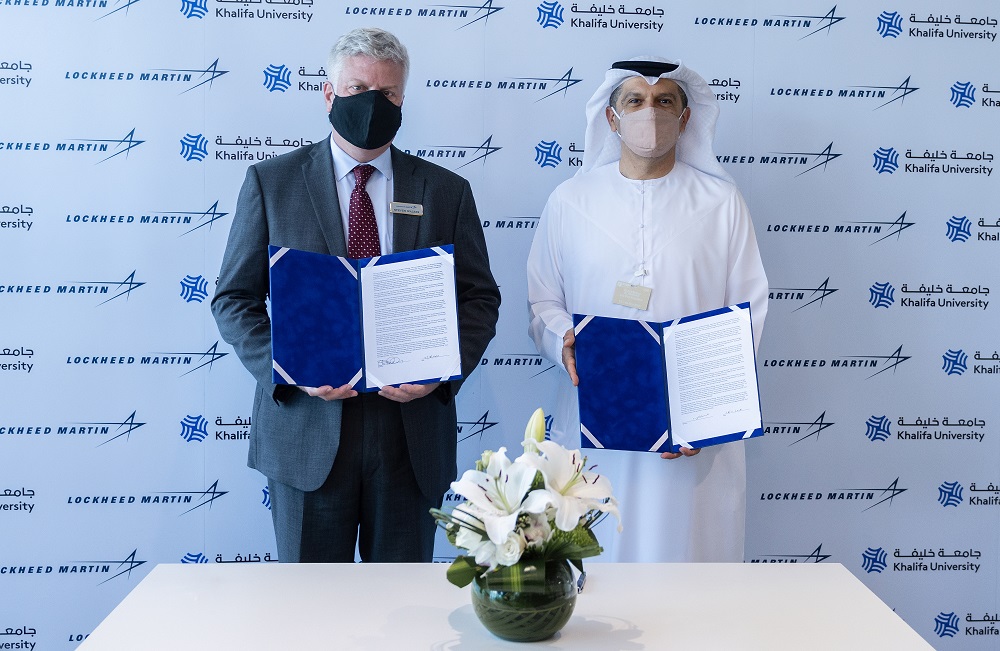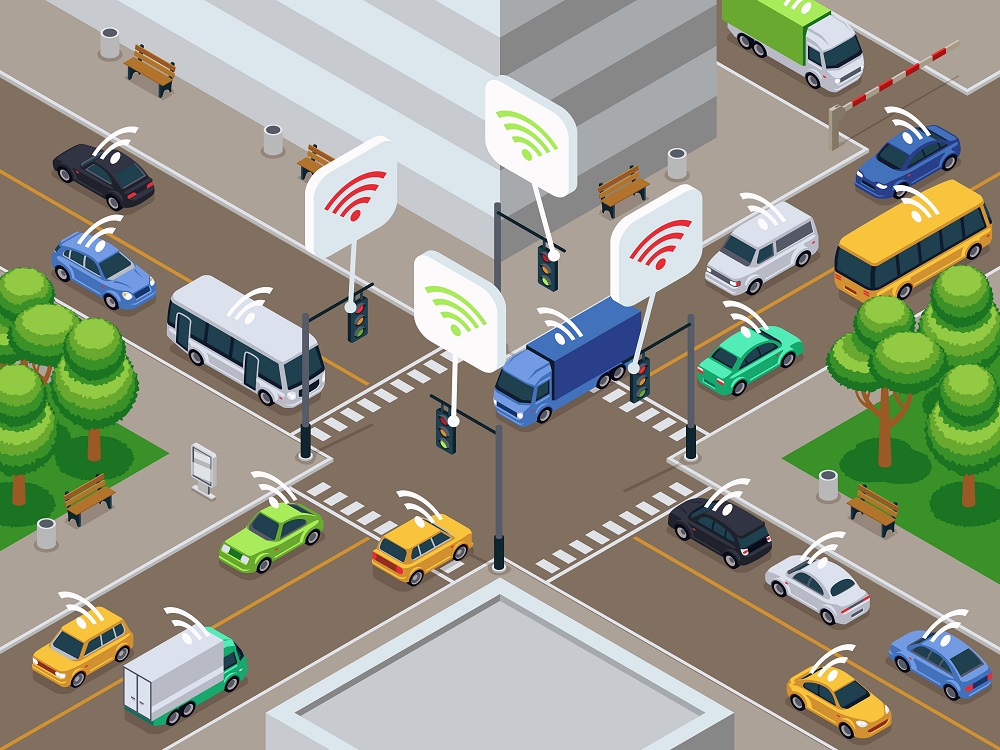
Dr. Majid Khonji, Assistant Professor of Electrical Engineering and Computer Science, presents his research on autonomous vehicles at the IJCAI in Macao, China
Programming self-driving cars so that they can navigate unknown roads safely is perhaps the biggest challenge facing the autonomous vehicle (AV) industry.
Uncertain environments, such as extreme weather and unknown roads, or when errors occur in an AV’s sensors or cameras, pose several technical challenges to an AV’s perception algorithms – the algorithms that allow a car to understand what it “sees.”
“A robust AV perception algorithm should account for different sources of uncertainty and should provide a probabilistic view of the world that captures what is unknown in the environment. Such a probabilistic view is essential to generate control policies that are quantifiably safe,” says Dr. Majid Khonji, Assistant Professor of Electrical Engineering and Computer Science and member of KU’s Center for Autonomous Robotic Systems (KUCARS).
However, current state-of-the-art methods for dealing with safety are experimental and are not backed by a rigorous theoretical foundation, Dr. Khonji explained. This means, AVs are trained through repetition until someone decides it is statistically safe, “which is biased towards the test environment and doesn’t give strong theoretical guarantees on safety.”
In August, Dr. Khonji presented a paper at this year’s International Joint Conference on Artificial Intelligence (IJCAI), which is one of the leading global conferences on Artificial Intelligence, on the algorithms he is developing to help robots and AVs handle uncertainty in a much safer, more predictable way. His algorithms enable an AV to plan safe trajectories under uncertainties so that the probability of collision is below a given threshold. His findings are being implemented in a collaborative research project with MIT’s Computer Science and Artificial Intelligence Laboratory (CSAIL), and another with the Korea Advanced Institute of Science and Technology (KAIST) through the KU-KAIST Joint Research Center.
Dr. Khonji is working with KU researchers Dr. Jorge Dias, Professor of Electrical Engineering and Computer Science, and Dr. Lakmal Seneviratne, Professor of Robotics and Director of the Khalifa University Center for Autonomous Robotic Systems (KUCARS).
“Our algorithm is more rigorous and gives a theoretical guarantee on safety,” Dr. Khonji explained. A lack of proper theoretical treatment for the problem of planning under uncertainty may be the reason why autonomous vehicles are yet to fully take off in urban centers around the world. High-profile AV accidents reveal serious safety issues, but Dr. Khonji believes there is a solution that can help prevent serious accidents and AV mishaps, and it lies in the math.
Dr. Khonji and his team proposed a software stack, or chain of algorithms, designed to enable AVs to determine uncertainty from the environment through the three key subsystems of perception, prediction, and planning and control.
Their rigorous algorithms and mathematical models directly address the problem of trajectory optimization under uncertainty, which is considered in its simplest form an NP-Hard problem – a set of problems that have no optimal solution within a reasonable running time – through the best “close-to-optimal approximation algorithm attainable in theory.”
Erica Solomon
Senior Editor
7 October 2019






